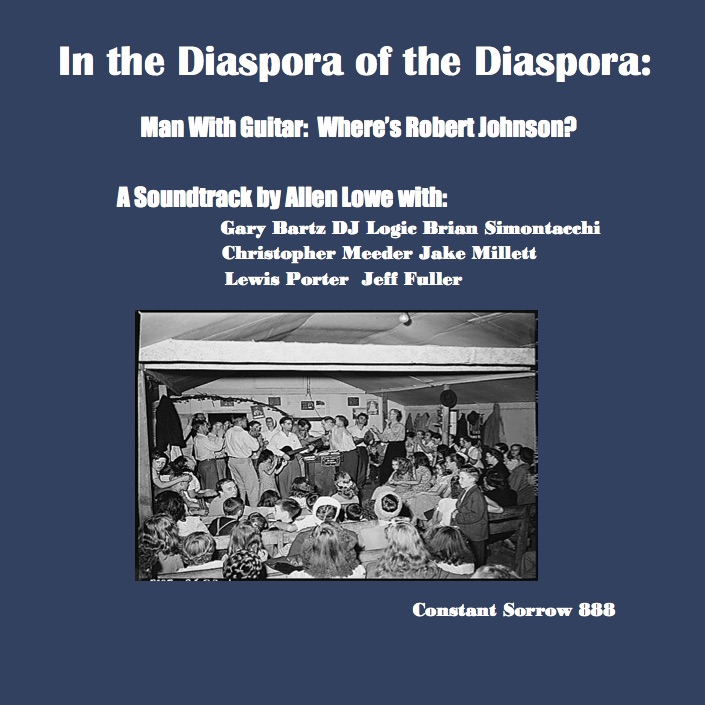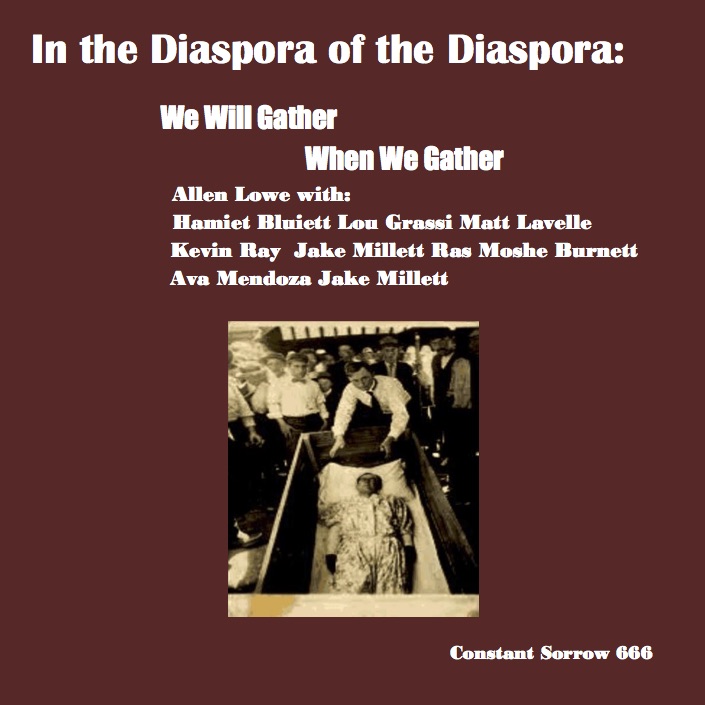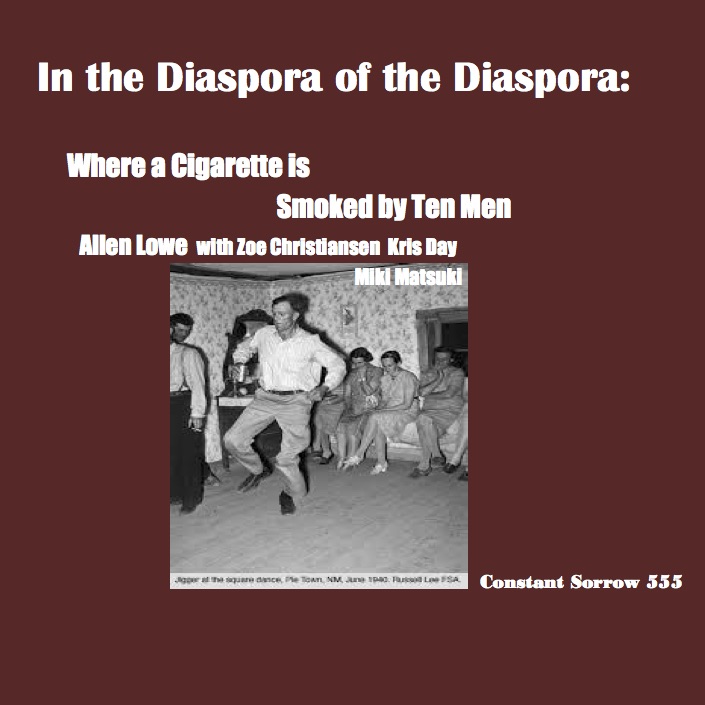Recorded July 20 and Dec. 9, 1989 and January 24, 1990 in New Haven, Conn.
This was my new music/avant garde debut, a turn musically left-ward, as I mention in the notes, after a period of musical neo-conservatism. Actually, I was not a real conservative in this respect – I had been listening since age 14 to Coltrane, Sonny Rollins, Booker Ervin, Ornette, Eric Dolphy, Mingus, Jaki Byard, and other, but somehow my musical opinions and inclinations had gotten somewhat ossified under the influence of certain of my older bebopper friends. Also, I had not really become musically active until the 1980s, and my first priority was to just get my chops together. The expansion of my horizons came later.
So I started paying attention – to, for one thing, the musical aura of the Knitting factory and the music and musicians who worked there, many of whom were very pervasive, in a cultural sense, at this time; to people like Joe McPhee, Anthony Davis, Tim Berne, John Zorn, Julius Hemphill, et al (and there was something particular magnetic and compelling about Julius’ work). And I also happened to hear Don Bryon one afternoon at a festival given by Real Art Ways, an arts center in Hartford.
So as I got ready to make my move. I started writing – tunes with less chords, or with more open blowing sections. At about the same time as I was working on all of this my mother was killed in a terrible car accident, and so thematically the title song appeared.
Compositionally I was working out my own methods of writing and improvising – a faux 12 tone technique, employing the idea of all twelve tones as equally important, and incorporating certain ideas of chromatic harmony into my playing (eg. playing an Ab chord on the horn over a C chord of the tune, thus basing it on the flat 6th and resolving it in certain discordant but tonally logical directions, like sometimes though a B and then maybe down to a Db, and using scale-like lines as connective tissue). It many ways my real model was Lennie Tristano, whom I am sure I misinterpreted, though I had always liked how he ended his solo piano version of What is this Thing Called Live (in the 1940s) on a discord. Most important in all of this was my growing knowledge of the piano, my sense of it as a harmonic smorgasbord and my growing ability to harmonize melodic lines in somewhat unusual and appealing ways (of course, in all of this I was probably trying to copy Monk and Bud Powell; Bud, in particular, remains as my musical idol). And then, of course, as I tried to fight my way out of a tendency toward what I would call bebop melodicism, I suddenly heard Astor Piazzolla. Several of my misinterpretations of his sound are audible on this CD (also, there is an accordion, used here, I say with some pride, well before the instrument became strangely au courant.)
As I prepped for this project, one of the first things I did was to call up Tim Berne to see if he would participate. Jeff Fuller and I went to his apartment in Brooklyn to go over some of the music, which Tim played beautifully. Afterwards he called me at home and told me he did not want to do the CD as, though he needed the money, musically it was not his sound and approach. Fair enough, so I decided to call Julius Hemphill. I was somewhat afraid of Julius, probably based on some photographs I had seen, in which he exudes a sort of “fuck you” look, but on the phone and in person he was anything but difficult, just a nice guy who liked music and who was willing to listen to my stuff. Once again Jeff and I went off to rehearse, this time with Julius (actually, as I recall, Julius took the train up to New Haven and we rehearsed at my house). We went over a bunch of my stuff and when, at one point, Julius looked up and said “who wrote these? These are good pieces,” I knew I could die happy, having received a compliment from the man I considered to be the pre-eminent composer of the new-music era (whom Vinnie Golia once called, in my presence, “the Duke Ellington of the avant garde.”)
We later recorded Julius’ things in Jeff’s basement on Jeff’s Tascam open-reel recorder (Julius, who was not well even at this time, was driven up from NYC by a friend). Also at about this time I wrote a grant to hold a new music seminar, and I received money from the Connecticut Humanities Council to do so. I called up Don Byron and asked him to talk and perform (he was not yet very well known) and he came up to New Haven. In the midst of the seminar we recorded two of my tunes with Jeff and Ray (“live” to a 14 bit digital VCR I had purchased) with insufficient microphones, though it came out pretty well, at least musically.
The reviews were good. Francis Davis named this as a Village Voice Pick of the Week and suddenly, as a jazz musician, I was on the map (though only, metaphorically speaking, as a really small town).




















